Plantar narcisos no es, en sí mismo, una tarea complicada. Sin embargo, sí es cierto que hay que contemplar algunas peculiaridades. La primera de ellas es que hablamos de un bulbo que necesita frío para florecer. Algo que nos obliga a plantarlos en los meses de otoño, y siempre antes de que el terreno comience a sufrir heladas. El narciso necesita tierra fría para crecer pero es incapaz de hacerlo si el suelo está congelado, por lo que tenemos que aprovechar ese tiempo previo a que suceda. Y que nadie se asuste: una vez plantado, no tendrá inconvenientes en asomar por encima del sustrato congelado o, incluso, nevado.

Pero la belleza de su floración anticipada no es su único atractivo. Añadido, hablamos de una de esas plantas de bulbos increíblemente sencillas de cultivar. Es más: se puede decir que el auténtico trabajo de jardinería es plantarlos correctamente. Porque, siendo honestos, una vez estén en tierra demandarán poquísimo para crecer en condiciones y florecer. Y por si su bajo mantenimiento no fuera suficiente motivo para plantar narcisos, sumemos un detalle más: podemos hacerlo dónde queramos. Porque el narciso, además de todo lo que acabamos de decir, es sumamente versátil. Y, si bien su lugar ideal es en el suelo del jardín, admite a la perfección su cultivo en maceta.
Por todo esto, veamos cómo plantar narcisos correctamente. La mejor manera de garantizar que ese tiempo de espera dé sus frutos.
1. La orientación, fundamental a la hora de plantar narcisos
Por más rústicos que sean y sencillos de cultivar, los narcisos tienen unas exigencias muy específicas. Y la fundamental es que demandan una buena dosis de luz para florecer. Por eso, antes de plantar narcisos, es importante elegir un espacio en el que puedan recibir esa exposición que demandan.
Si por el motivo que sea los plantamos en una zona de sombra, nos tocará esperar mucho más tiempo para verlos florecer. Hablamos de un par de años, que es el tiempo que el bulbo tardará en aclimatarse a un lugar que no es naturalmente el ideal.
2. El tipo de terreno, un aspecto a revisar
El narciso no es demasiado exigente en cuanto al tipo de suelo. Le basta uno moderadamente fértil ya sea de forma natural o enriquecido con humus de lombriz o cualquier otra enmienda de carácter orgánico. Si nos consta que el suelo no tiene muchos nutrientes, bastará con añadirla en el espacio de plantado antes de colocar los bulbos.
Pero si bien no es exigente con el tipo de suelo, sí lo es con el drenaje. Es más: es, probablemente, el aspecto a la hora de plantar bulbos que más tendremos que mimar. Y no solo porque el encharcamientos impida que nuestros bulbos crezcan sino, más bien, porque pueden pudrirlos y arruinar, así, la futura planta.
3. El espacio de plantado, no demasiado profundo
Plantar narcisos no implica hacer una zanja de gran profundidad. En realidad, lo ideal es que no lo sea para que la planta pueda surgir por encima del suelo. Lo ideal y siempre según el tipo de narciso, es que estén enterrados entre 10 y 15 centímetros de profundidad. Algo que podemos calcular si utilizamos un sembrador de bulbos: una herramienta que nos facilitará ¡y mucho! la tarea.

Y una precaución: si vivimos en un clima frío, es conveniente que el bulbo esté protegido por una capa de sustrato de entre seis y ocho centímetros. De esta manera, evitaremos que pueda congelarse con los rigores del invierno.
4. El riego, importante para su crecimiento
Con nuestros bulbos de narciso debidamente plantados, es momento de regar. Hablamos de una planta amante de la humedad, por lo que lo ideal es que la mantengamos incluso hasta después de que haya florecido.

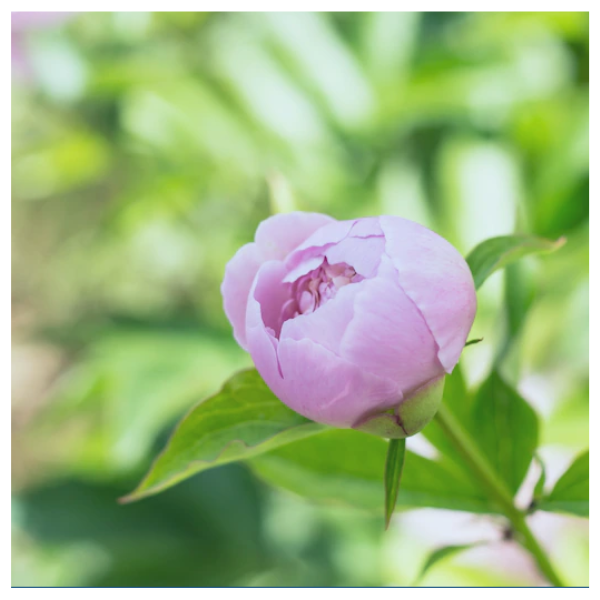


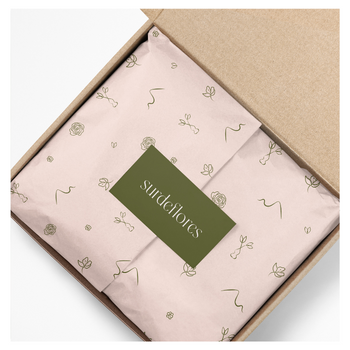
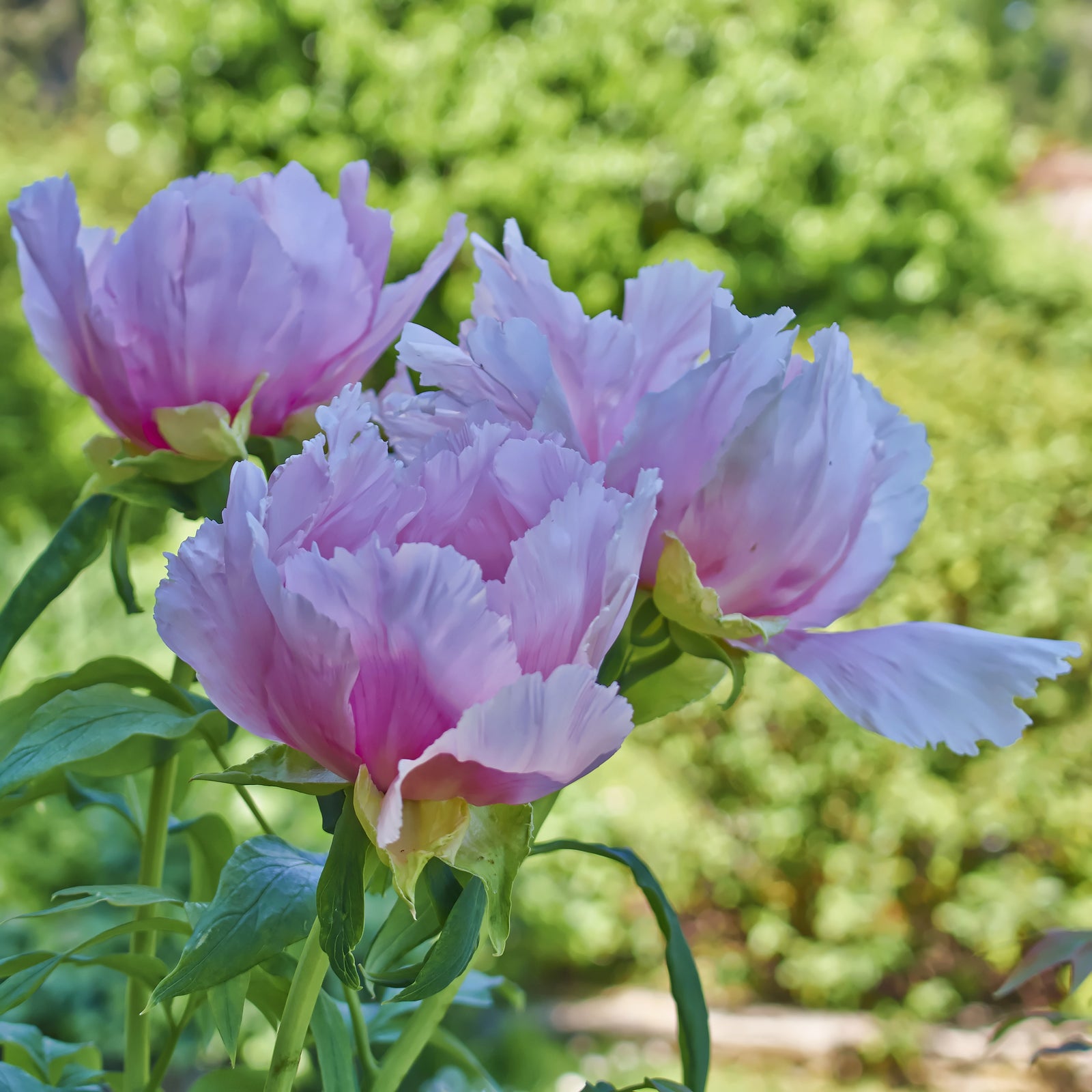
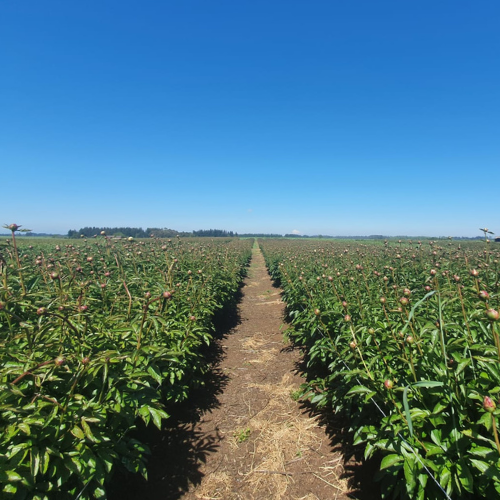
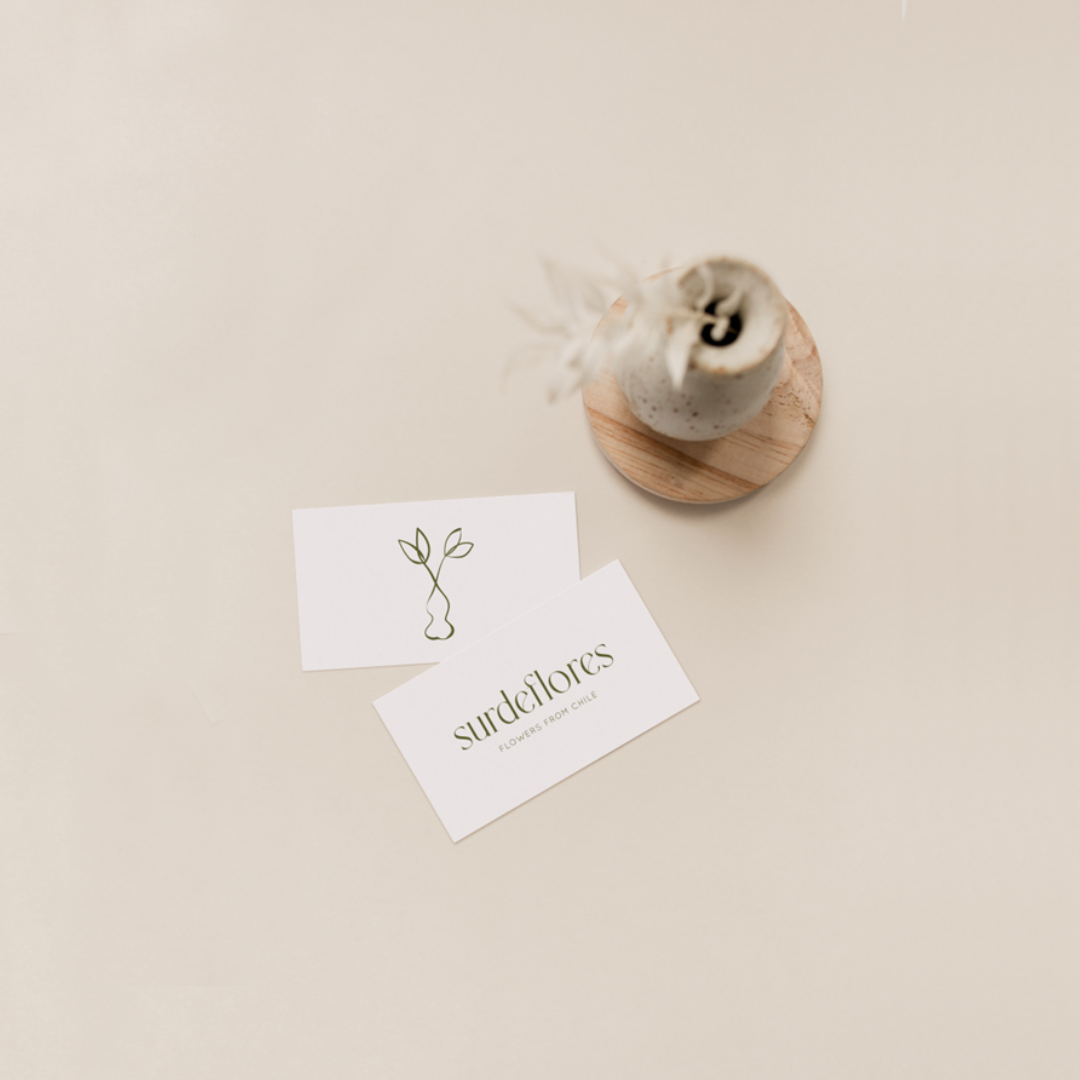






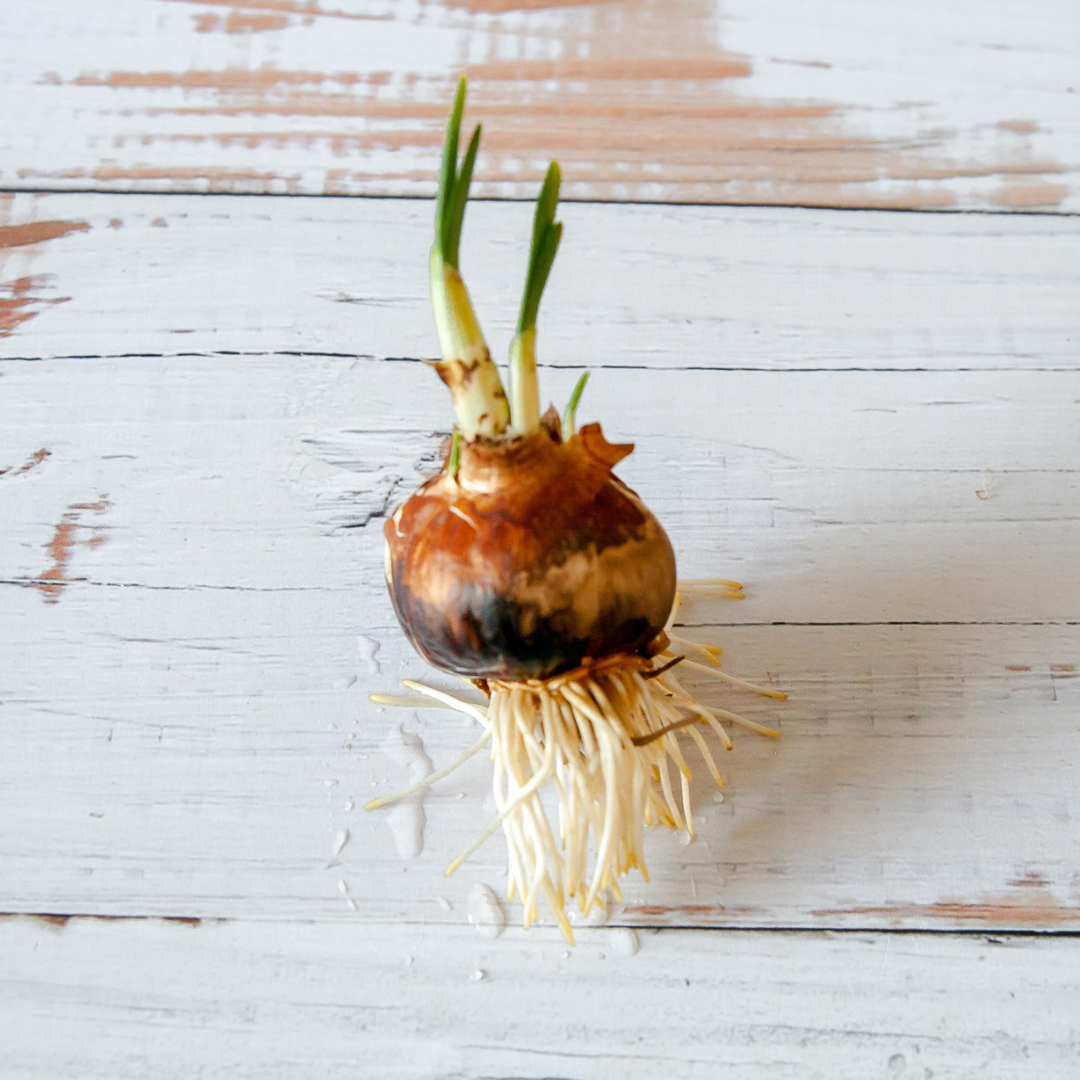
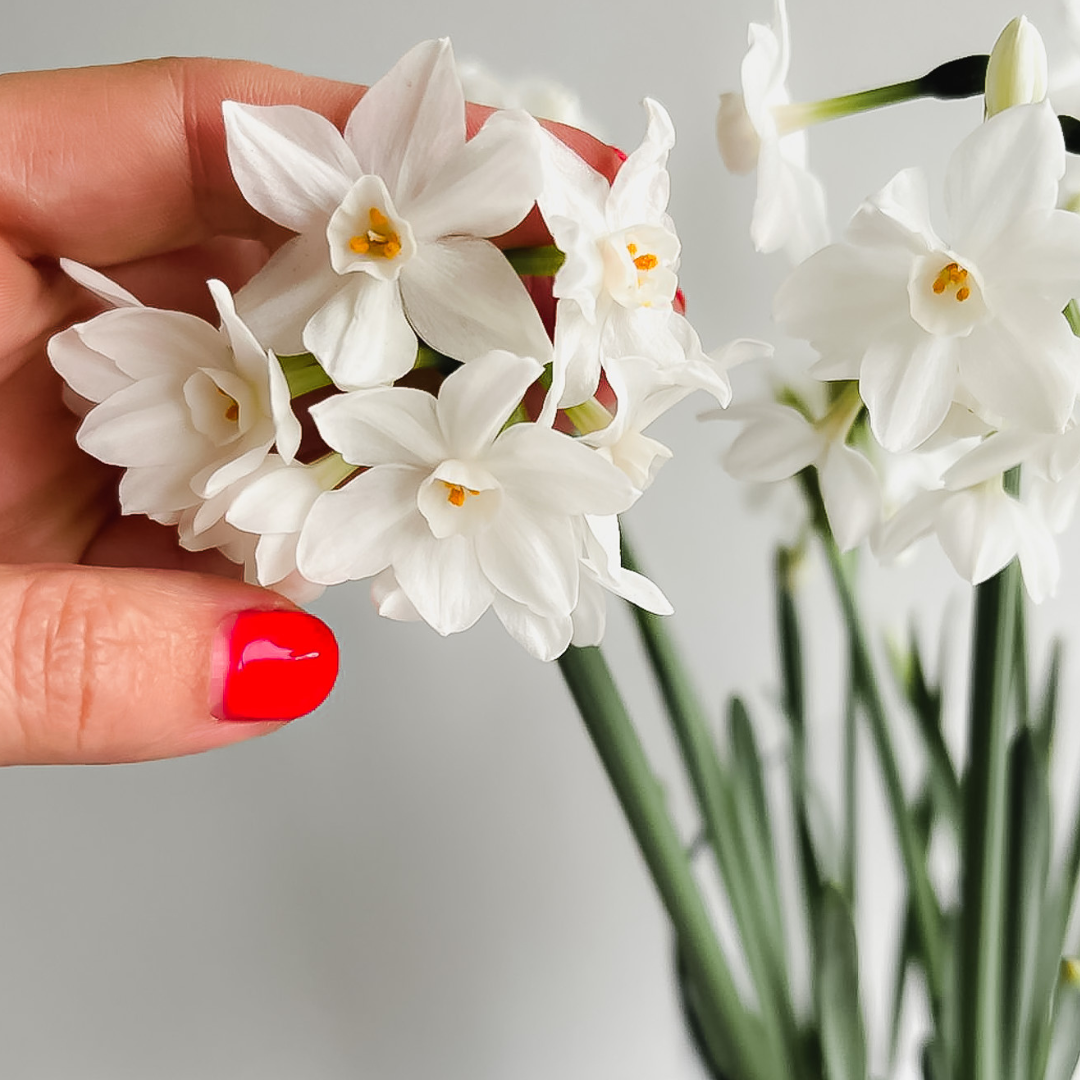
Leave a comment (all fields required)